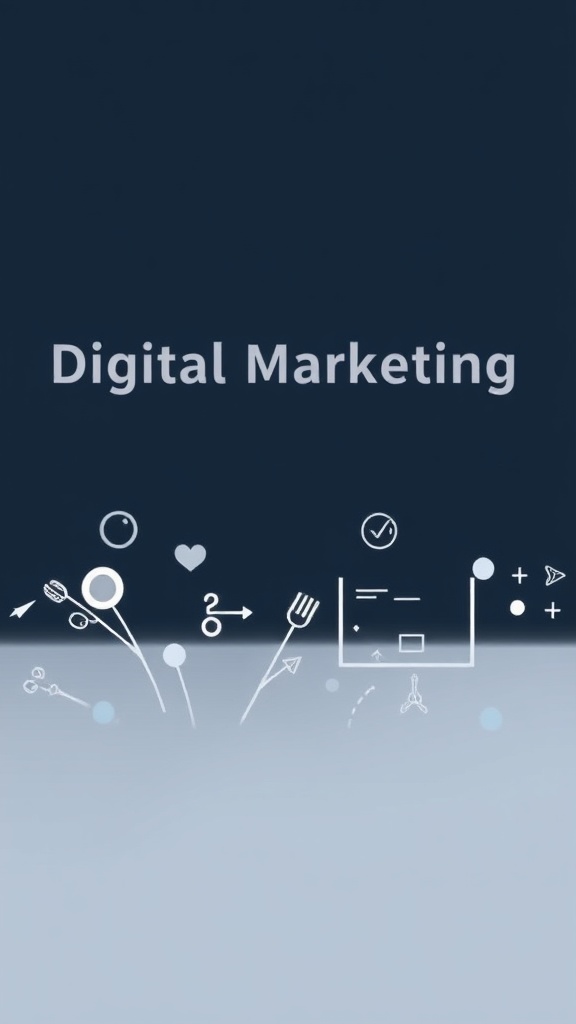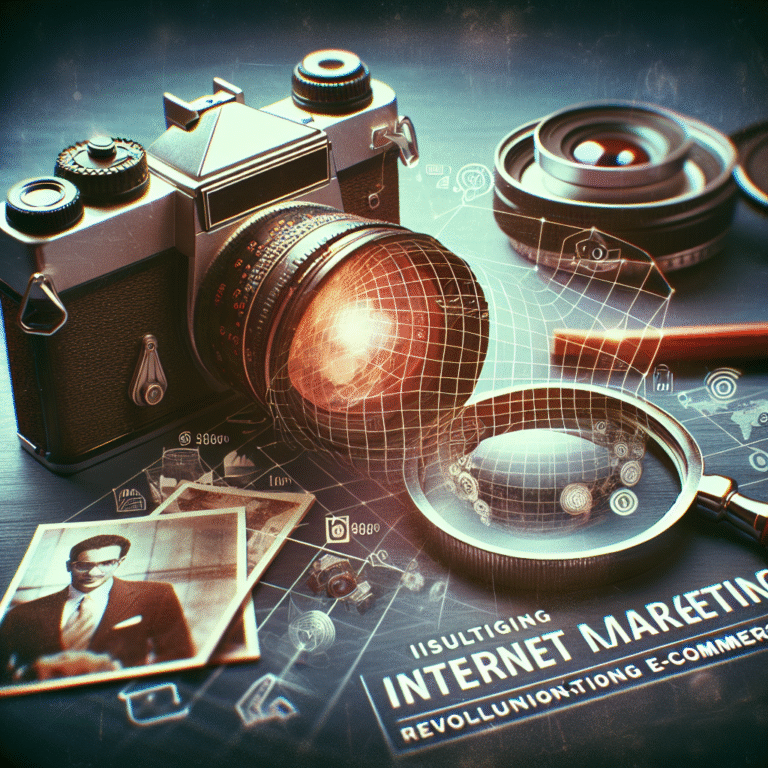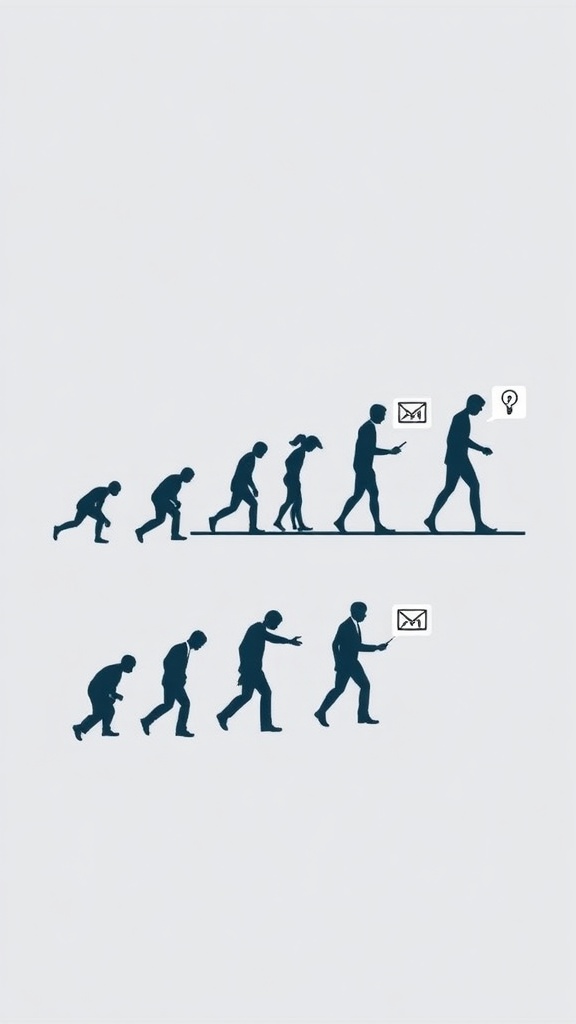Revolutionize Your Brand with Cutting-Edge Digital Marketing Design Techniques for Maximum Impact
Understanding the Power of digital marketing design
In my experience with digital marketing design, I’ve come to realize that it’s the backbone of any successful online brand strategy. When I first started exploring this field, I was amazed at how much impactful visual and strategic design can influence audience perception and engagement. I want to share what I’ve learned about how digital marketing design can truly revolutionize a brand’s online presence and drive tangible results.
From what I’ve researched and practiced, effective digital marketing design isn’t just about aesthetics; it’s about crafting a compelling narrative that resonates with your target audience. I’ve found that integrating innovative design techniques can elevate your messaging, build trust, and significantly boost conversions. I believe that understanding the fundamentals of digital marketing design is essential for anyone looking to stand out in today’s crowded digital landscape.
Innovative Strategies in digital marketing design
Embracing Minimalism for Clarity
In my journey, I’ve discovered that minimalism in digital marketing design can have a powerful impact. When I started simplifying my visual elements, I noticed that my audience engaged more meaningfully with the content. I recommend adopting clean layouts, ample white space, and straightforward messaging to communicate your brand’s value clearly and effectively.
Adaptive and Responsive Design
From my research, I’ve learned that responsive digital marketing design is non-negotiable in today’s multi-device world. I’ve seen firsthand how adaptive designs improve user experience and boost engagement across smartphones, tablets, and desktops. I always ensure my designs are flexible, so my brand maintains maximum impact regardless of the device used.
Interactive Elements and Microinteractions
My experience shows that incorporating interactive elements can make a significant difference in digital marketing design. From what I’ve tested, microinteractions such as hover effects, animated buttons, or scroll-triggered animations can increase user engagement and create memorable experiences. I recommend using these techniques thoughtfully to enhance your brand’s storytelling without overwhelming your audience.
Leveraging Visual Elements for Maximum Impact
High-Quality Visuals and Branding
In my opinion, investing in high-quality visuals is crucial. I’ve found that crisp images, consistent color schemes, and cohesive branding materials elevate the perception of your brand. When I focus on strong visual identity in digital marketing design, I see increased brand recognition and trust from my audience.
Video Content and Motion Graphics
From my experience, video content and motion graphics are game-changers. I’ve experimented with short videos and animated infographics to communicate complex ideas quickly and engagingly. I believe digital marketing design that incorporates motion can dramatically improve your message’s clarity and appeal.
Color Psychology and Typography
I’ve learned that understanding color psychology and typography selection in digital marketing design can influence user behavior and emotions. Using the right colors and fonts helps reinforce your brand personality and encourages desired actions from your audience. I recommend testing different combinations to find what resonates best with your target market.
Data-Driven digital marketing design Tactics
Analytics and User Behavior Insights
In my experience, analyzing user behavior through analytics tools provides invaluable insights into what works and what doesn’t. I’ve found that tracking engagement metrics allows me to refine my digital marketing design strategies for better results. I recommend regularly reviewing data to optimize your visual and content elements for maximum impact.
A/B Testing for Design Optimization
From what I’ve learned, A/B testing different design elements helps identify the most effective options. I’ve tested various headlines, images, and layouts in my digital marketing design efforts, leading to improved conversions. I believe continuous testing is key to staying ahead in digital marketing.
Personalization and Dynamic Content
My experience shows that personalized content, tailored to specific audience segments, enhances user engagement. I recommend leveraging data to create dynamic digital marketing design that adapts to user preferences, making your brand more relevant and compelling.
Future Trends in digital marketing design
AI and Automation in Design
In my opinion, AI-driven tools are transforming digital marketing design. I’ve experimented with AI-powered design assistants that help generate personalized visuals quickly. I recommend exploring these tools to streamline your workflow and deliver cutting-edge designs.
Immersive Technologies and AR/VR
From what I’ve studied, augmented reality (AR) and virtual reality (VR) are becoming increasingly important in digital marketing. I believe incorporating immersive experiences into your digital marketing design can create memorable interactions that set your brand apart. I encourage brands to experiment with these technologies to stay ahead of the curve.
Sustainable and Ethical Design
My research indicates that sustainability and ethics are gaining emphasis in digital marketing design. I recommend adopting eco-friendly design practices and transparent communication, which can resonate strongly with conscious consumers and strengthen your brand reputation.
References and Resources
Throughout my research on digital marketing design, I’ve found these resources incredibly valuable. I recommend checking them out for additional insights:

Authoritative Sources on digital marketing design
-
McKinsey Digital on Digital Marketing Strategies
mckinsey.comThis resource offers in-depth insights into innovative digital marketing techniques and digital marketing design trends that I’ve found very useful for strategic planning.
-
W3Schools – Responsive Web Design
w3.orgThis site helped me understand the importance of responsive digital marketing design techniques that adapt seamlessly across devices.
-
Neil Patel’s Guide to Visual Marketing
neilpatel.comNeil Patel’s insights on visual content creation have greatly influenced my approach to digital marketing design strategies.
-
Content Marketing Institute
contentmarketinginstitute.comThis resource offers comprehensive guides on creating compelling content that aligns with digital marketing design principles.
-
MarTech
martech.orgMarTech provides updates on the latest marketing technologies that can enhance your digital marketing design efforts with automation and AI tools.
-
Smashing Magazine
smashingmagazine.comThis site offers excellent articles on user experience and digital marketing design best practices, helping me craft more engaging websites.
-
Moz Blog
moz.comMoz’s SEO-focused content has been instrumental in understanding how digital marketing design influences search rankings and visibility.
-
Forbes Digital Marketing
forbes.comForbes provides industry insights and case studies on how digital marketing design strategies are shaping the future of branding.
Frequently Asked Questions
What are the key elements of effective digital marketing design?
In my experience, effective digital marketing design combines compelling visuals, clear messaging, responsive layout, and strategic calls-to-action. I’ve found that integrating these elements thoughtfully helps create a seamless user experience that drives engagement and conversions.
How can I use digital marketing design to boost my brand?
Based on my experience, aligning your visual identity with your brand’s core values and audience preferences is essential. I recommend using consistent color schemes, typography, and messaging across all channels to reinforce brand recognition and trust through digital marketing design.
What trends should I watch for in future digital marketing design?
From what I’ve observed, AI integration, immersive AR/VR experiences, and sustainability are major future trends. I believe embracing these innovations can keep your digital marketing design strategies ahead of the curve and highly effective in creating memorable customer experiences.
How important is data analysis in digital marketing design?
In my opinion, data analysis is vital. It helps me understand what resonates with my audience, allowing me to refine my digital marketing design strategies for better results. I suggest regularly reviewing analytics and conducting A/B tests to optimize your campaigns effectively.
Conclusion
In conclusion, my research on digital marketing design has shown that innovative visual strategies combined with data-driven tactics can truly revolutionize your brand’s online impact. I hope this guide helps you understand the importance of embracing cutting-edge techniques and staying adaptable in this ever-evolving field. Based on my experience, investing in digital marketing design mastery is one of the smartest moves for any brand aiming for maximum influence and growth.
Find out more information about “digital marketing design”
Search for more resources and information:







